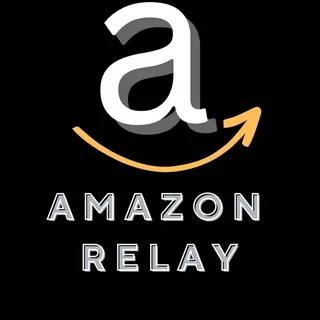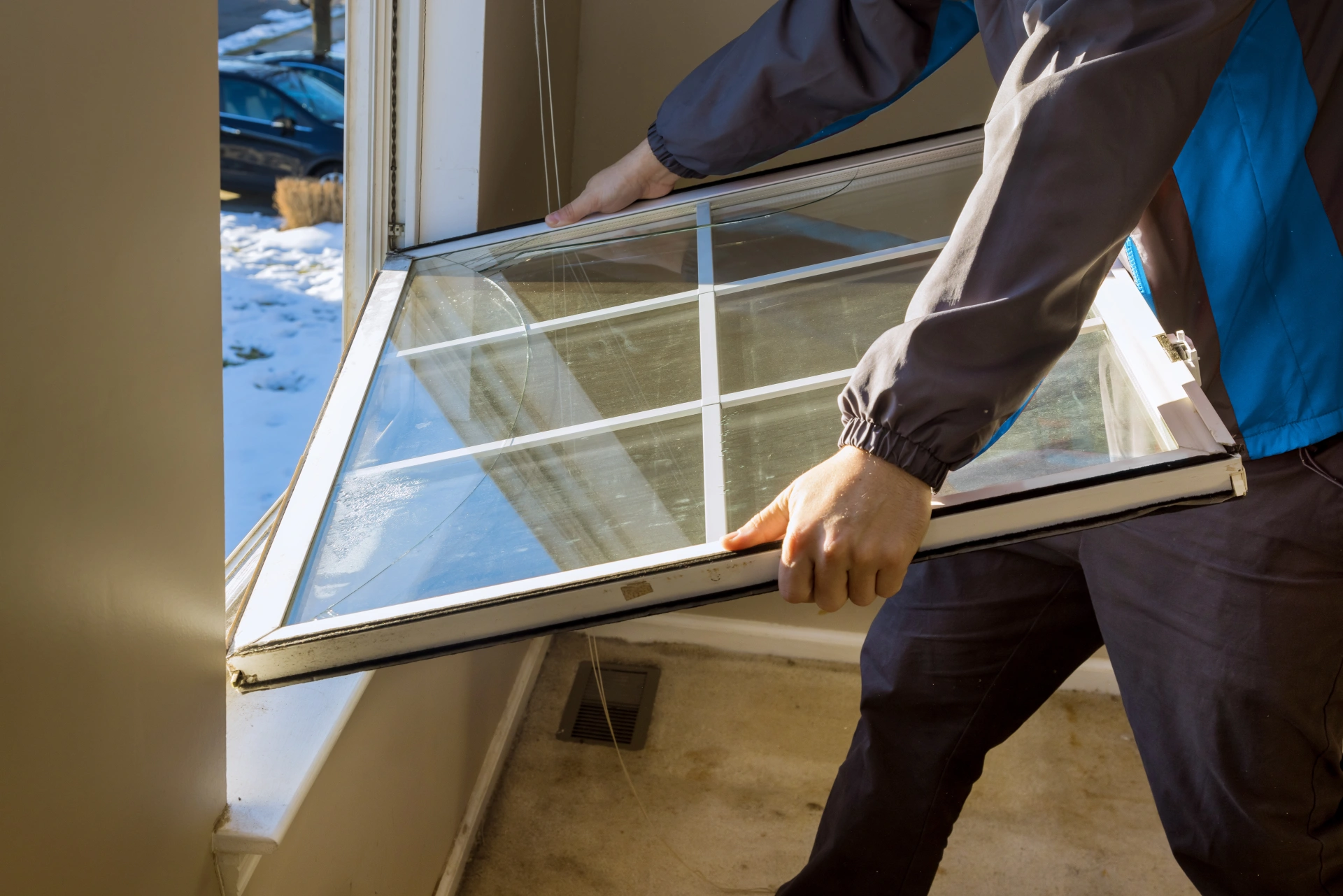Amazon Relay has quickly become one of the most significant platforms for freight carriers, offering a seamless way to connect trucking companies and independent drivers with Amazon’s vast logistics network.
Whether you’re a seasoned carrier or new to the industry, getting started with Amazon can seem like a challenging process. However, with the right understanding of the requirements, you can set yourself up for success.
In this article, we’ll provide a comprehensive guide to the step-by-step requirements for new carriers who want to start using Amazon Relay. From setting up your business to understanding safety and compliance standards, we’ll cover everything you need to know to hit the ground running.
What is Amazon Relay?
Amazon is a program designed to connect independent truck drivers and freight companies with Amazon’s transportation network. As an Amazon Relay carrier, you will have access to a platform where you can find available loads, get real-time tracking, and manage payments directly through Amazon. The platform offers various types of loads, from short regional hauls to long-distance routes.
For carriers, Amazon represents a reliable way to access high-volume, well-paying freight. The technology behind the platform makes the logistics process much smoother, helping drivers and companies stay organized and efficient throughout their operations.
Why Should You Join Amazon Relay?
Consistent Work: Amazon’s demand for freight services is high, offering carriers the opportunity for continuous work with various routes and destinations.
Access to a Large Network: As an Amazon carrier. You’re connected to one of the largest e-commerce and logistics networks in the world. This opens up more opportunities for profitable loads.
Technology and Tools: Amazon’s easy-to-use platform helps simplify the process of load tracking, payment management, and route planning.
Fast Payment: Amazon ensures quick payment for completed loads, typically within a few days, helping you maintain cash flow.
But before you can start hauling loads for Amazon, there are specific requirements that you’ll need to meet. Below, we break down the essential steps and qualifications needed to get started with Amazon.
Step-by-Step Requirements for Getting Started with Amazon Relay
The first step to joining to register an account on the Amazon website. During the registration process, you will need to provide basic details about your business, including:
Business Information: Your company’s legal name, business structure (LLC, Corporation, etc.), and address.
Driver Information: Personal and professional details about the driver(s), including driver’s licenses, experience, and other certifications.
Motor Carrier Number: If you don’t already have one, you’ll need to apply for a Motor Carrier (MC) number from the Federal Motor Carrier Safety Administration (FMCSA).
Once registered, Amazon will review your application, and you’ll receive confirmation once you’ve been approved to access Relay.
2. Obtain the Necessary Insurance
Before you can start hauling freight for Amazon, you’ll need to meet specific insurance requirements to ensure that you’re covered in the event of an accident or other incidents on the road. The key insurance types Amazon requires include:
Commercial Auto Liability Insurance: This covers any damage or injury caused by your vehicle while operating in a commercial capacity. The typical minimum coverage for this insurance is $1 million.
Cargo Insurance: This covers the freight you are transporting in case of damage, theft, or loss. Amazon generally requires a minimum of $100,000 in cargo insurance coverage.
Workers’ Compensation Insurance: If you have employees, this is necessary to cover potential injuries that occur on the job.
These insurance policies must be active before you begin accepting loads for Amazon, and you’ll need to provide proof of coverage.
3. Apply for a Motor Carrier (MC) Number
To operate legally as a carrier, you must obtain a valid Motor Carrier (MC) number from the FMCSA. This number verifies that your business is authorized to provide transportation services for hire. It is essential to ensure compliance with federal regulations, and Amazon requires it as part of the registration process.
The process of obtaining an MC number involves filling out an application with the FMCSA, which can be done online. Depending on your location, this process may take several weeks, so it’s a good idea to apply early.
4. Ensure Compliance with Electronic Logging Device (ELD) Rules
As of December 2017, the U.S. Federal Government requires all commercial vehicles to have an Electronic Logging Device (ELD) to track driving hours and ensure drivers comply with Hours of Service (HOS) regulations. The ELD records critical information like driving time, rest periods, and location.
This means that your truck must be equipped with an ELD that meets FMCSA standards. Several providers sell FMCSA-compliant ELDs, and once installed, you’ll need to ensure your ELD is linked to your Relay account. This allows Amazon to monitor compliance with driving regulations and helps you avoid potential penalties.
5. Comply with Vehicle Standards
The next step in getting started with Amazon is ensuring that your vehicle and equipment meet the necessary standards for the loads you plan to haul. For Amazon, the following vehicle criteria apply:
Truck Type: Most Relay loads require a 53-foot tractor-trailer, although smaller trailers may be acceptable for regional routes.
Maintenance: Your truck and trailer must be in safe working condition. Amazon requires carriers to conduct regular safety inspections to ensure that the equipment is roadworthy.
Specialized Equipment: If you plan to haul temperature-sensitive goods (e.g., refrigerated items), you may need specialized equipment like a refrigerated trailer (reefer).
Ensuring your vehicle complies with Amazon’s requirements is vital for both operational efficiency and safety.
Complete a Safety Inspection
Once your vehicle is in working order and you have the necessary insurance. You must complete a safety inspection of your truck and trailer. This inspection ensures that the vehicle meets Amazon’s safety and compliance standards. Some states or local regulations may also require regular inspections, so check to see if this is necessary in your area.
Conclusion
Getting started with Amazon Relay is an exciting opportunity for carriers looking to tap into the growing world of e-commerce logistics. By following these key steps—registering, meeting insurance, and vehicle requirements.
Completing compliance checks, and using the Amazon app—you can quickly begin hauling freight for Amazon and grow your business. While the process can seem extensive. The benefits of being part of Amazon’s vast transportation network are substantial. Providing you with steady work, access to cutting-edge technology, and fast payment.












Leave a Reply